Albania is becoming an increasingly popular vacation destination. The country, located in the southeast of Europe on the shores of the Adriatic and Ionian Seas, delights with its extraordinary nature and magnificent monuments. In addition, the stay there is quite cheap, which only spurs travel by car to Albania. However, before you go on the road, it is worth first familiarizing yourself with the rules of the road, as well as the tolls that await you.
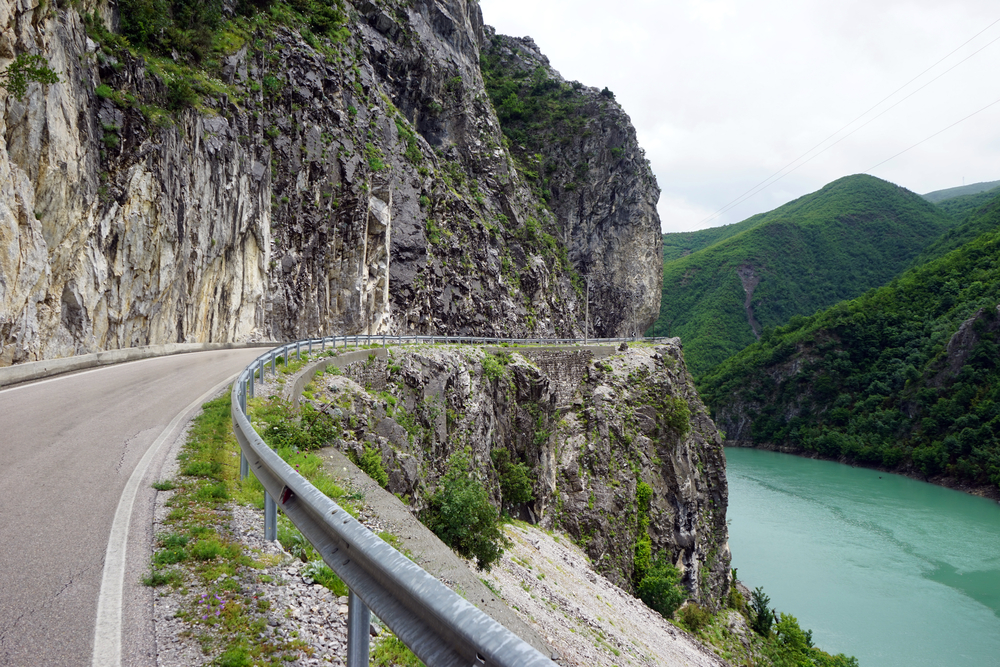
How to get to Albania
Tip: While planning your trip, you should rent lodging halfway through and spend the night in a hotel so you can start your trip rested.
If you decide to go on vacation to Albania, you should consider two routes.
First, you can reach Albania via Italy by ferry. The port city of Ancona and the cities of Puglia, Bari and Brindisi, are among the possible ports of departure.
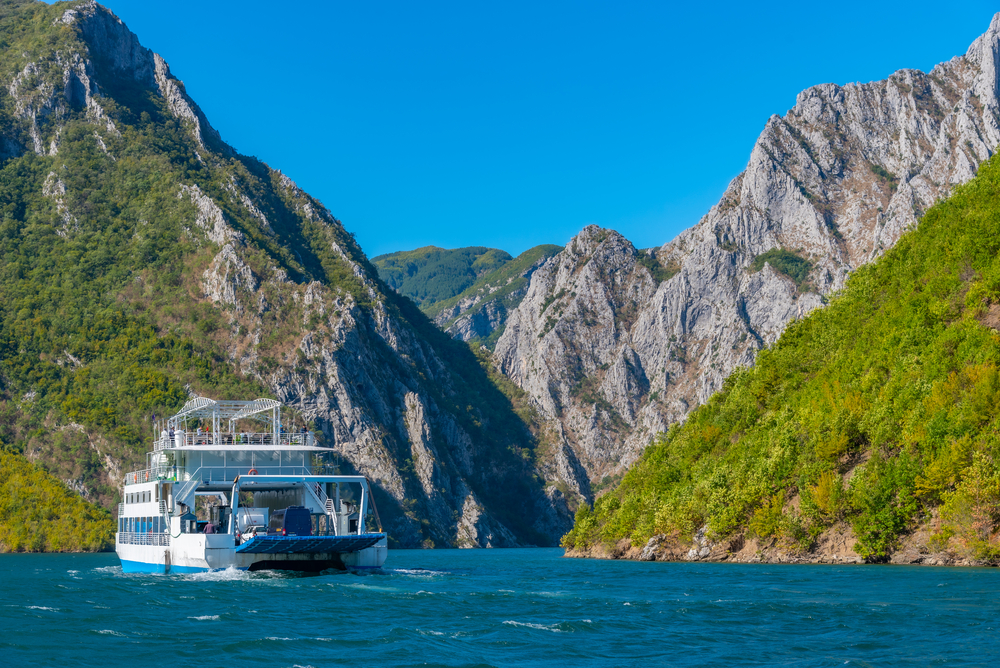
In addition, you have the opportunity to plan your journey through Austria, Slovenia, Croatia, and Montenegro. If you ever pass through these Balkan countries, you should include several stops in your trip, such as Maribor, Zagreb, Herceg Novi, Zadar, Kotor or Split.
But if you are traveling by car, you should also be aware that you may have to pay tolls upon arrival and that you must have a “green card” to cross the border into Albania, i.e. proof of motor vehicle liability insurance.
Entering Albania by car
Albania is not part of the Schengen Agreement and is not a member of the European Union. But you can safely enter there with a passport or ID card. The driver going to Albania by car, must have a driver’s license issued in the European Union or an international and technical passport.
When going to Albania by your own car, do not forget to buy a green card (some insurers give it for free, and in some companies, you have to pay extra for it). If you are traveling in a car owned by another person or company, do not forget to have a notarized power of attorney in English from the owner of the car.
In general, the traffic in Albania at first glance can give you a headache. It is very dynamic and chaotic. But the truth is that you almost never see any accidents. Of course, this is influenced by the improved quality of the roads and more frequent road checks. The cops usually don’t harass tourists, and if they do, it’s mostly to talk to them. Going to Albania, you should also remember one thing – it is a very mountainous country and even the roads along the coast will be winding and steep.
Albania has signed the Vienna Convention on Road Traffic. This means that the vehicle must only be equipped with those elements required in the EU, namely:
- warning triangle,
- seat belt,
- for motorcyclists: protective helmet for driver and passenger,
- seat for children up to 12 years old, adapted to their weight and height.
In addition, when traveling in Albania, you also need to take the necessary documents with you, that is:
Required documents in Albania:
- ID card or passport,
- a driver’s license for the driver of the vehicle,
- Green Card third party liability insurance,
- Permission to drive a rental car if it does not have an owner
- proof of purchase of a liability insurance policy – you will need it on your way to Albania when you pass through the Czech Republic, Slovakia, Hungary, and Serbia.
Are there any other additional requirements for entry?
To avoid confusion with local authorities, please pack an extra first aid kit. It is mandatory for local drivers, so it is worth having. Ideally, it should be placed inside the vehicle so that it can be quickly retrieved in case of an accident.
Restrictions related to COVID-19 were fully lifted on May 1, 2022.
Traffic regulations in Albania
Albania is one of the countries notorious for rarely complying with current traffic laws. Pedestrians and cyclists often travel in the dark without lighting. Cars sometimes do not obey traffic signals and do not signal their intention to change lanes with their turn signals. Especially when driving through villages and small towns, you should be careful, as animals often come out on the roads. It is even possible to meet cows on the highway.
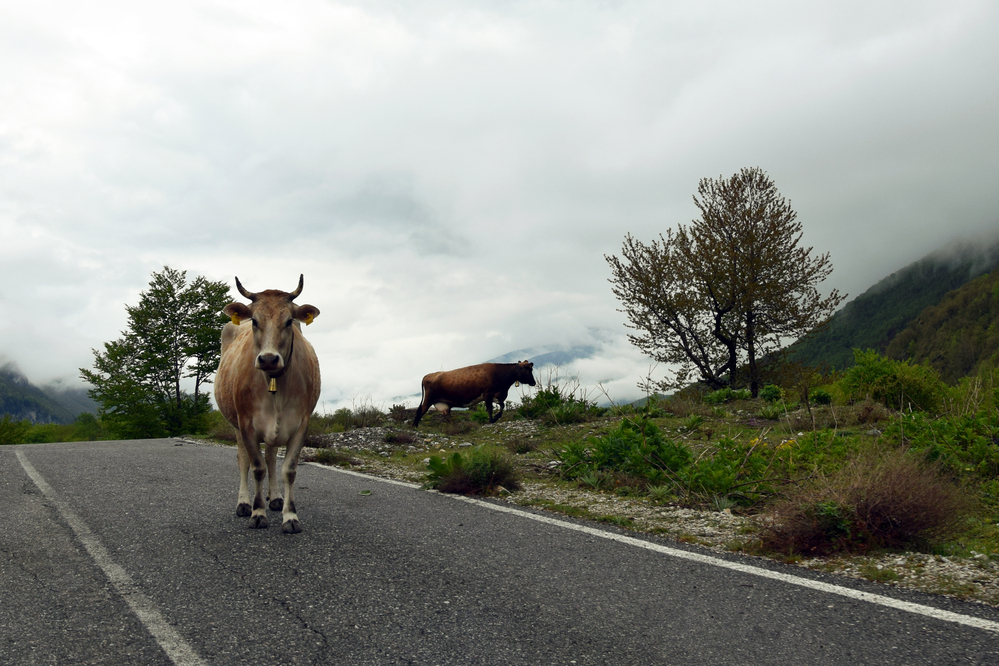
Therefore, when traveling by car in Albania, the principle of limited confidence should be kept in mind. Although many road users are selective about the rules, they are worth following. However, there is one rule that everyone adheres to. Namely, everyone takes care of everyone. As a result, the number of accidents is surprisingly low!
In Albania, the traffic police are increasingly requiring drivers to strictly comply with the rules of the road. The police are friendly to foreigners. However, for a traffic violation (even a minor one) you can not only be fined but also deprived of the driver’s license and technical passport for six months. Liquidation of consequences of traffic accidents can take up to several months. So when choosing an insurance company, make sure that it cooperates with the Albanian counterpart.
After all, Albania is not as bad as it may seem. When preparing to travel to this country, you can expect a lot of reading that driving here will be really awful. But, in practice, drivers in Albania drive much more legally than, for example, in Turkey, and the donkeys or cows that come out on the road are almost the same as the reindeer that come out on the road in Norway.
The most important rules of the road in Albania to remember:
- Speed limits in Albania: 110 km/h (highway), 90 km/h (highway), 80 km/h (outside built-up areas), 40 km/h (in built-up areas),
- The allowable limit of alcohol for a driver is 0.01 ppm in the blood,
- driving with dipped beam on is obligatory at night, in tunnels or in bad conditions,
- It is compulsory for passengers in the front and rear of the vehicle to wear seat belts,
- The presence of a safety triangle is mandatory,
- The presence of a first aid kit is mandatory,
- Having a fire extinguisher is not necessary, but recommended,
- It is not necessary to have a tow rope,
- The presence of an additional set of bulbs is not required,
- The driver can talk on the phone while driving, but only with a hands-free kit.
The condition of roads in Albania
There are no toll roads in Albania. Both highways and expressways are free for tourists and residents. The condition of roads in many cases leaves much to be desired, but Albania is still developing in terms of roads. Many routes have been rebuilt or are being reconstructed. It is also planned to cover almost the entire country with a network of highways (the first fragments have already been built and commissioned, such as the 90-kilometer stretch of highway from Kosovo almost to the Albanian coast).
The poor condition of the roads is particularly characteristic of the less-visited roads in the mountainous eastern parts of the country. Albania is a country where you can drive so many kilometers on roads without asphalt. There are regions where out of 100 kilometers traveled, 20 are off-road.
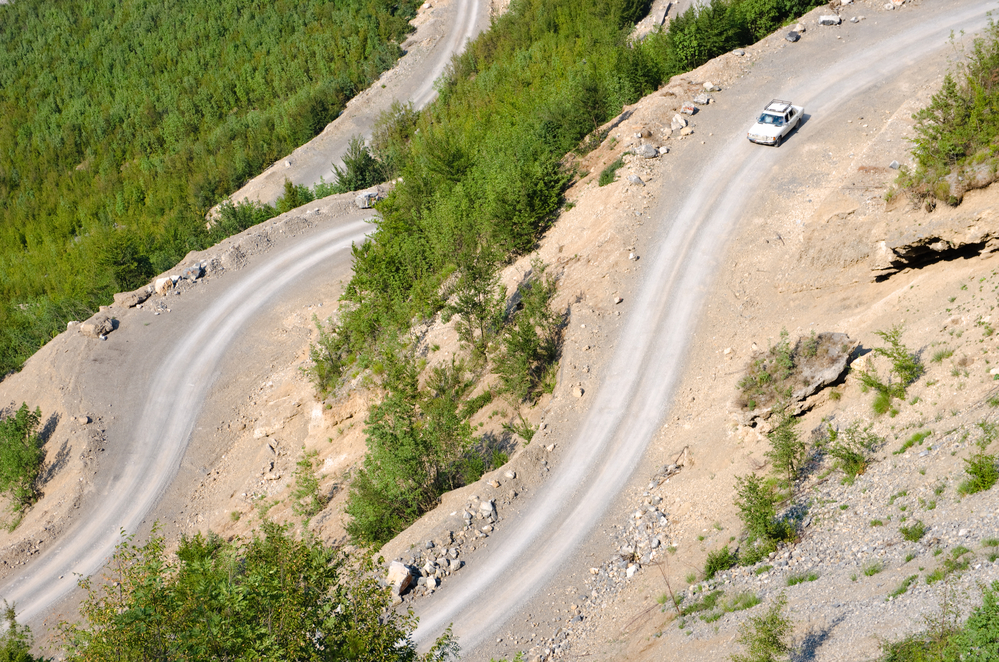
If you want to avoid driving on roads in poor condition, it is best to choose European routes (with the prefix E) and highways.
On the section from the border with Greece almost to the town of Vlorë is a very steep and insanely beautiful serpentine mountain road. The road winds along the sea, going up and down, sometimes going into the mountains. After Vlorë begins the plain and something like an autobahn, from Tirana to Lake Shkoder there is a good quality road.
A hundred kilometers in the mountains you have to drive more than three hours, and if you stop on steep cliffs for pictures with a view of the coast and mountains – all five hours. Keep this in mind when planning.
In Albania you can safely drive without a navigator, there are signs everywhere, even in remote places and villages. It is difficult to get lost if you know the name of the settlement you are going to.
Traffic is another problem
The only rule in Albanian traffic is no rules. Literally. You have to get rid of road morality – priority is given to the bigger, more expensive or just more confident. Cars drive however they want, often bypassing the rules or markings. Everyone honks at each other, either as a warning or for a good morning. You have to feel this rhythm and keep your eyes on the road. Surprisingly, there are no accidents – there is some method in this chaos. One way or another – certainty behind the wheel is marked. Beginner drivers are better off not driving through Tirana, but it’s nice to drive out of town.
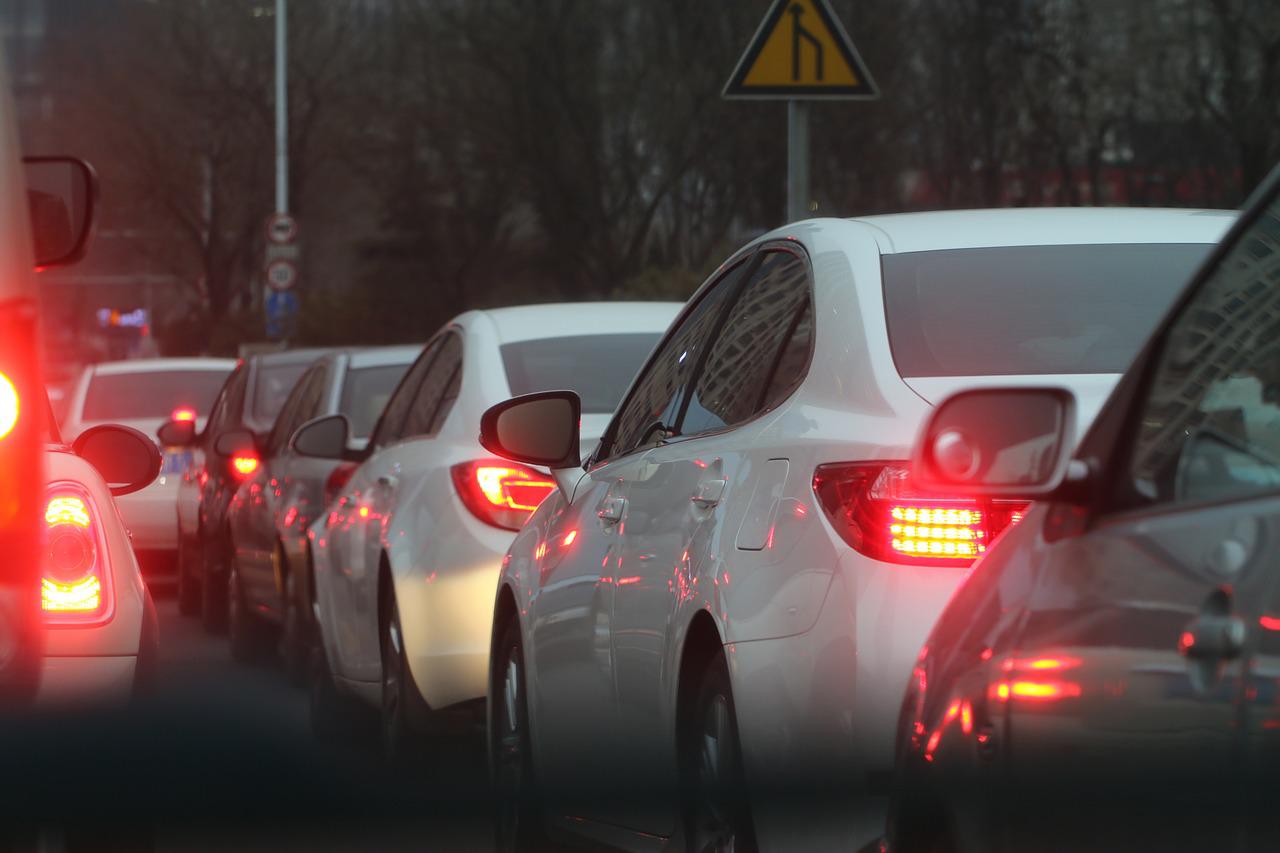
Information for drivers
When traveling by car to Albania, you need to be prepared for a whole new experience. Driving will certainly be very challenging, especially for drivers with less experience and less experience. If you have no such experience, it is recommended to stick to the main routes and avoid driving at night, mainly because of unlit road users (motorcycles, bikes, pedestrians) and unmarked and unlit obstacles on the road (like open sewage drains, landslides, etc.). You may also encounter potholes in the pavement, stray animals and even cattle.
Official car repair shops in Albania are few, even for the most popular brands. Car repair shops have a minimum amount of spare parts and usually order them only after reporting a repair. Therefore repairs can take up to several weeks.
Be careful on the roads!